A geographical approach to finding the world’s most demanding driving environment.
by Doctor Adrian Luckman, School of the Environment and Society, Swansea University
The Black Rock Desert in Nevada, site of Thrust SSC’s world land speed record, has deteriorated in recent years. BLOODHOUND SSC requires a flat, smooth surface long and wide enough to safely reach, and slow down from, its target speed of 1000 mph. The Geography Department in the School of the Environment and Society set out to search globally for potential new test sites using a Geographical Information System (GIS) approach utilizing satellite remote sensing data products.
The Desert Search program, led by Andy Green, defined a list of priorities:
- Flat ground (insignificant surface slopes)
- Smooth surface (at the level of centimeters)
- Large area (12 miles by 3 miles minimum)
- Reliable surface dry-out period (may be different time of year for different climate regimes)
- Access from road network (heavy loads)
- Security (political and non-political)
- Potential for publicity and constructive competition
A semi-automated search for candidate test sites was devised:
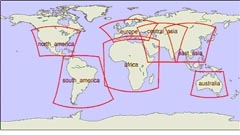
1. Split the globe into 7 map regions

2. In each region seek flat areas of a minimum size in a digital elevation model of spatial resolution 100 m acquired by the Space Shuttle in 2000

3. Reject areas known to be vegetated from a satellite image classification of land cover

4. Create maps of suitability from the combination of flatness and lack of vegetation
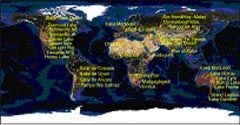
5. Use further high spatial resolution satellite data and Google Earth to refine the search to desert lake beds which potentially have the required smoothness
6. Make further refinements based on access, meteorology, political sensitivity and site visits
Thirty-six potential sites were identified in this way, nine of which are already known as land speed trial sites, and thirteen of which need further investigation.
If you would like to read more, please read The Desert Selection - Phase 1 (in more detail)
Swansea University
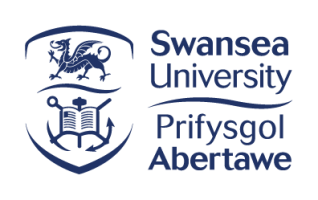
Swansea University is proud to be part of the BLOODHOUND team. Our work on computer fluid dynamics (CFD) is at the heart of research on the design and aerodynamics of the 1,000mph Car.
Swansea University is a world-class research-led dual campus university. Its main base, Singleton Park Campus, is located on a beautiful 47 acre parkland estate and its £450 million Bay Campus, which opened to students in September 2015, is based on the beach on the eastern side of Swansea city centre.
The University was established in 1920 and currently offers around 350 undergraduate courses and 100 post-graduate courses to over 19,000 undergraduate and postgraduate students.
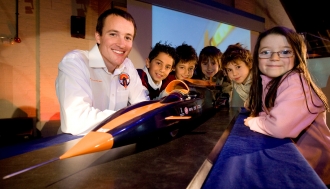 Ben Evans showcases a model of the BLOODHOUND SSC to school children at the launch in 2008 at the National Waterfront Museum
Ben Evans showcases a model of the BLOODHOUND SSC to school children at the launch in 2008 at the National Waterfront Museum
Swansea University continues to maintain its position as one of the top universities in the UK for engineering. The College of Engineering is now based at Swansea University’s Bay Campus , which has four buildings dedicated to engineering, holding 30,000m2 of laboratory and office space and over £10 million of new research and teaching equipment.
The College of Engineering is ranked within the Top 10* in the UK and is internationally recognised for its cutting-edge research with 94% of research produced by academic staff rated World-Leading or Internationally Excellent quality** .
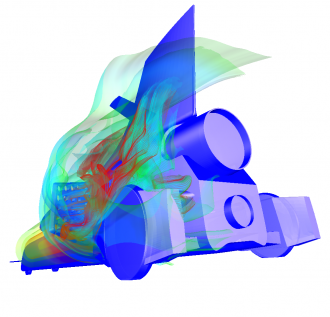
The College has strong and establish links with a large variety of local, national and international companies both with its teaching and research. It has significantly contributed to a number of prestigious projects from the aerodynamics design of the THRUST Supersonic Car, which currently holds the World Land Speed Record, to BLOODHOUND.
The computer fluid dynamics (CFD) research for BLOODHOUND is being undertaken at the Zienkiewicz Centre for Computational Engineering (ZCCE) one of four research centres with the College.
To find out more about the College of Engineering please go to our website www.swansea.ac.uk/engineering or follow us on Facebook, Twitter or Instagram .
* The Times & Sunday Times University Guide 2016
** Research Excellent Framework 2014

